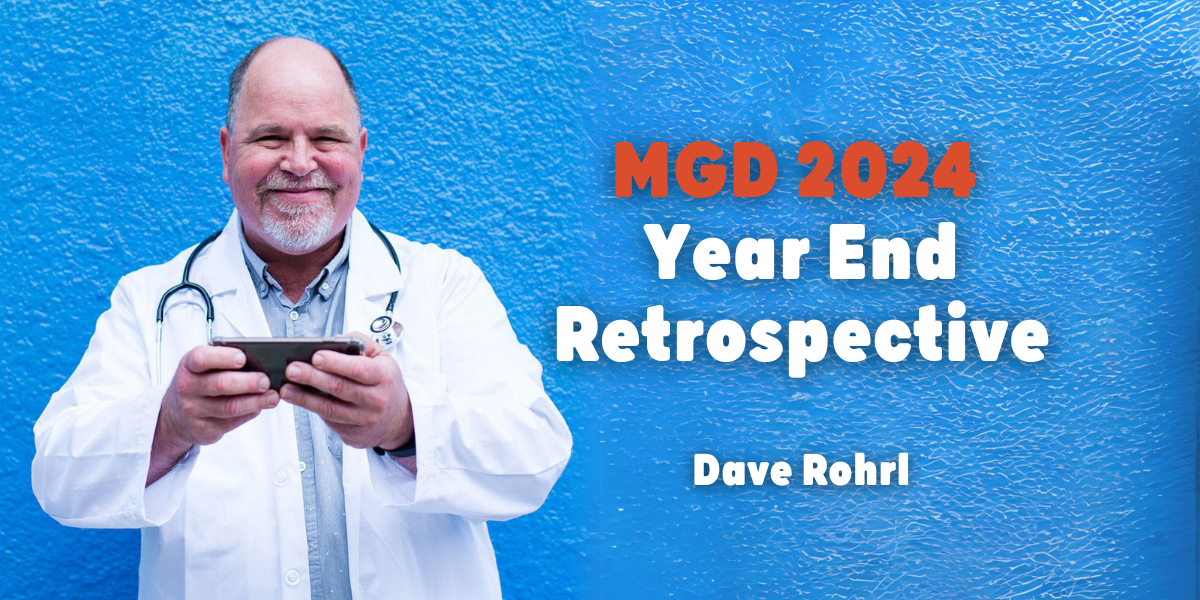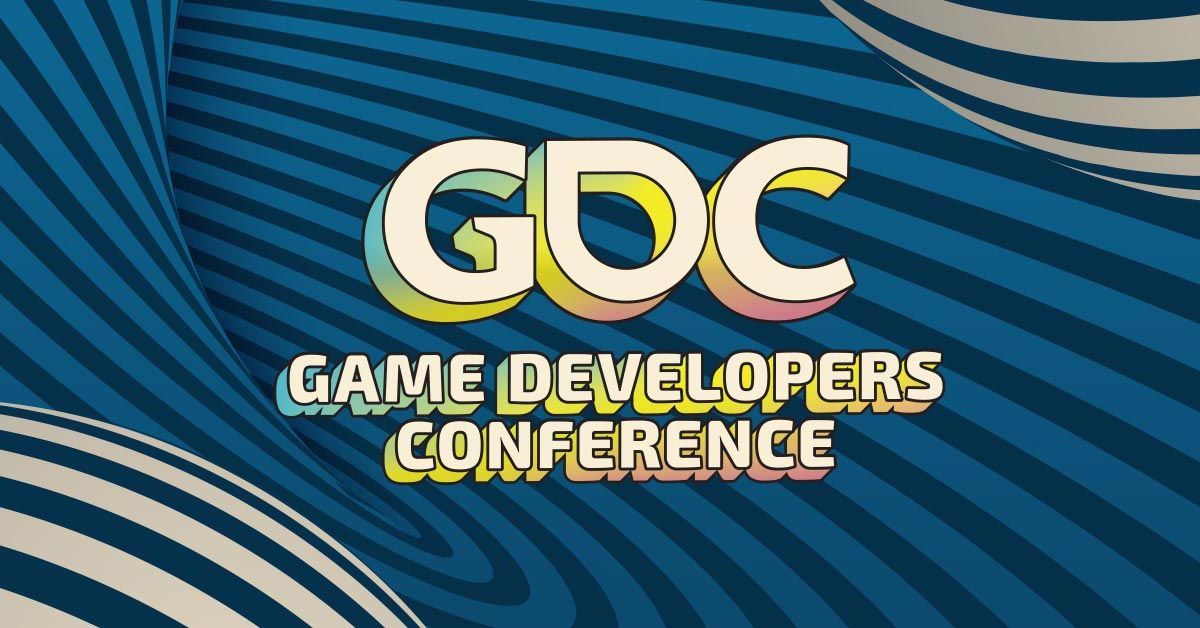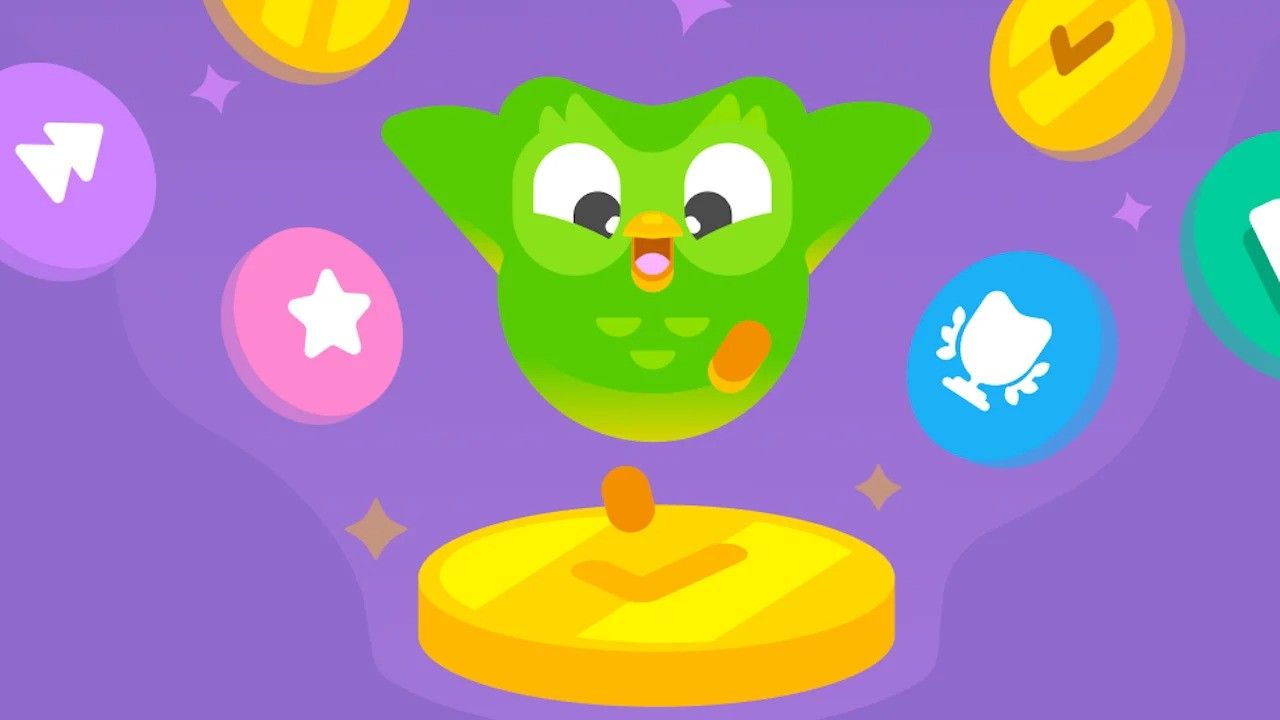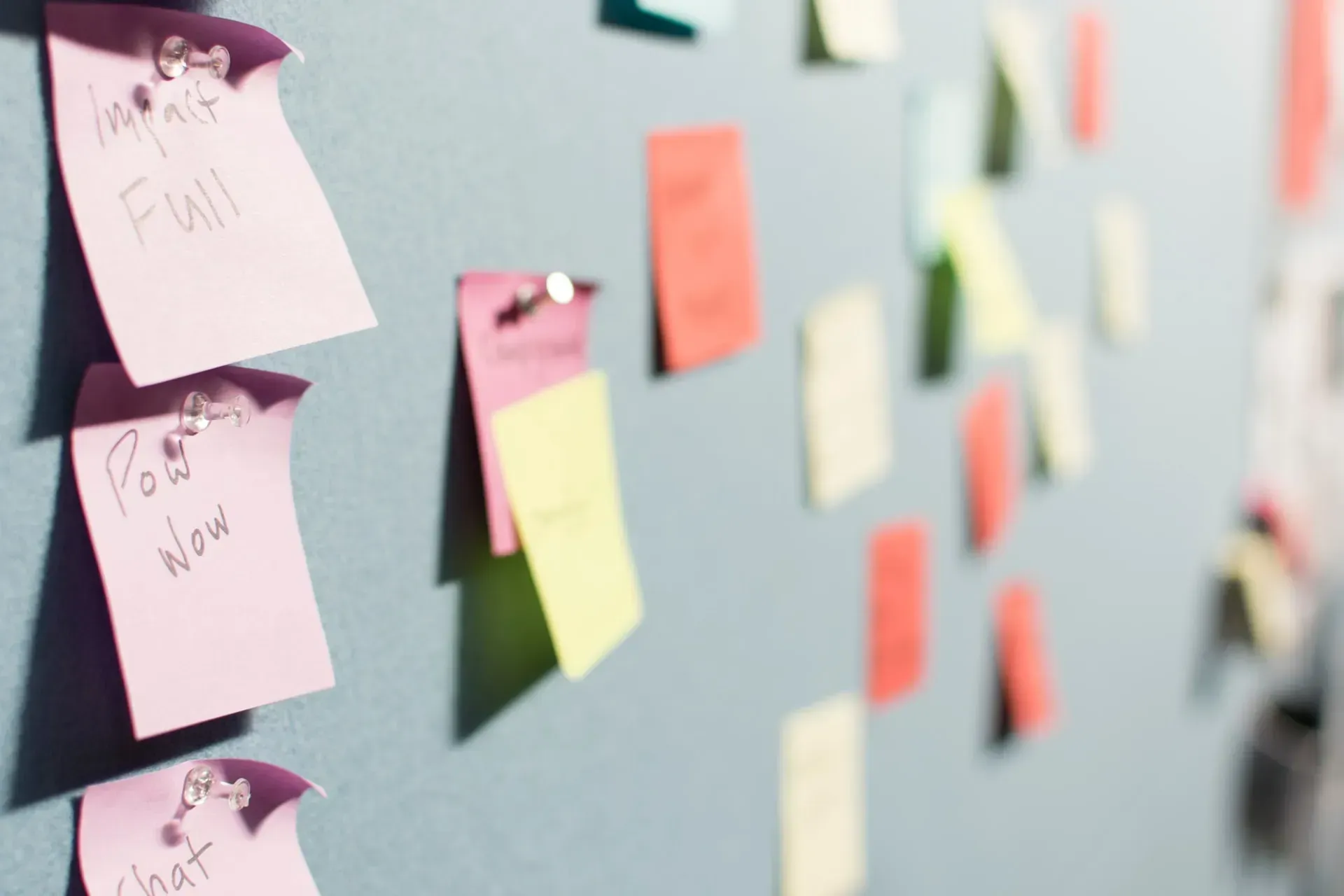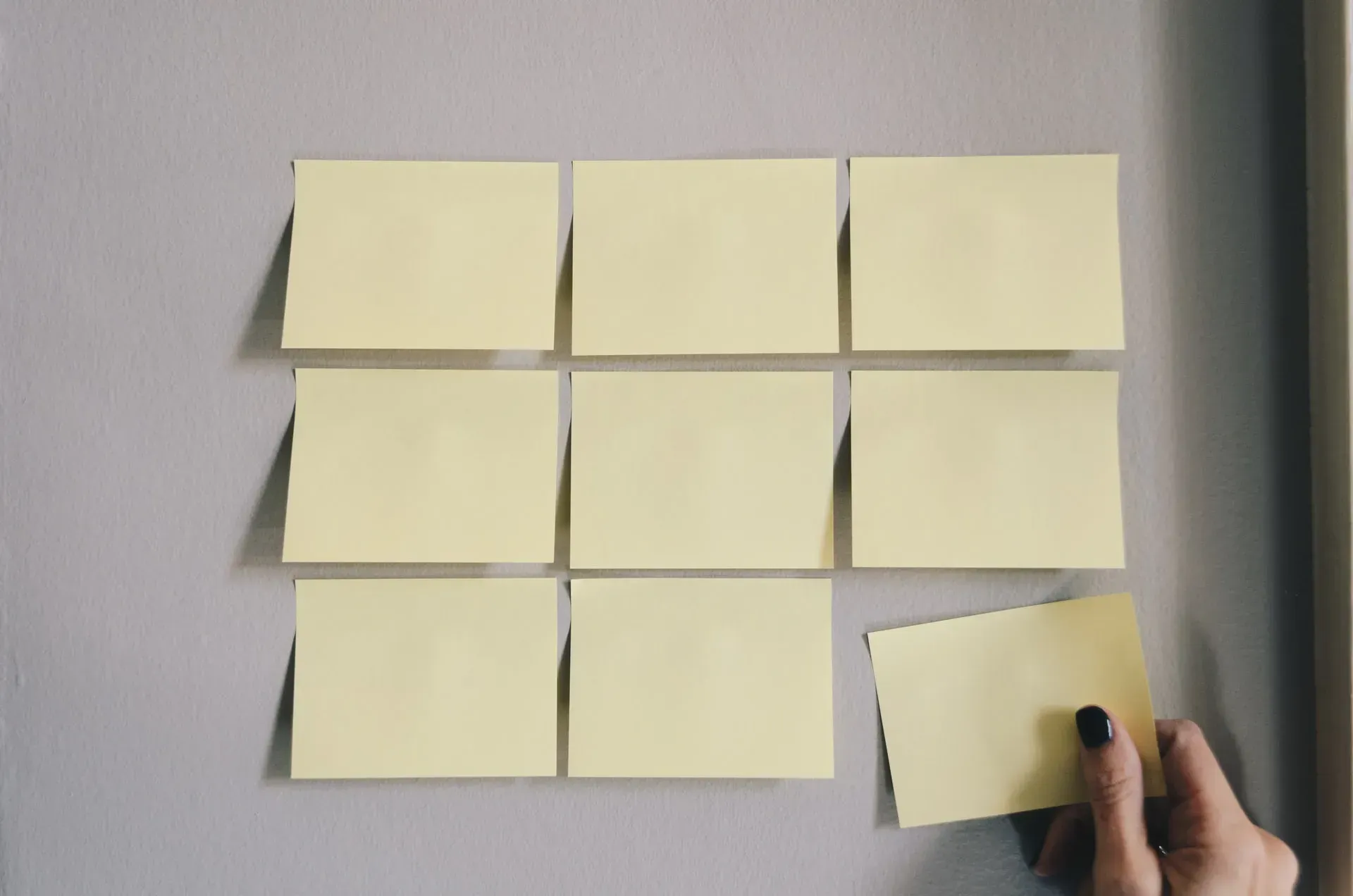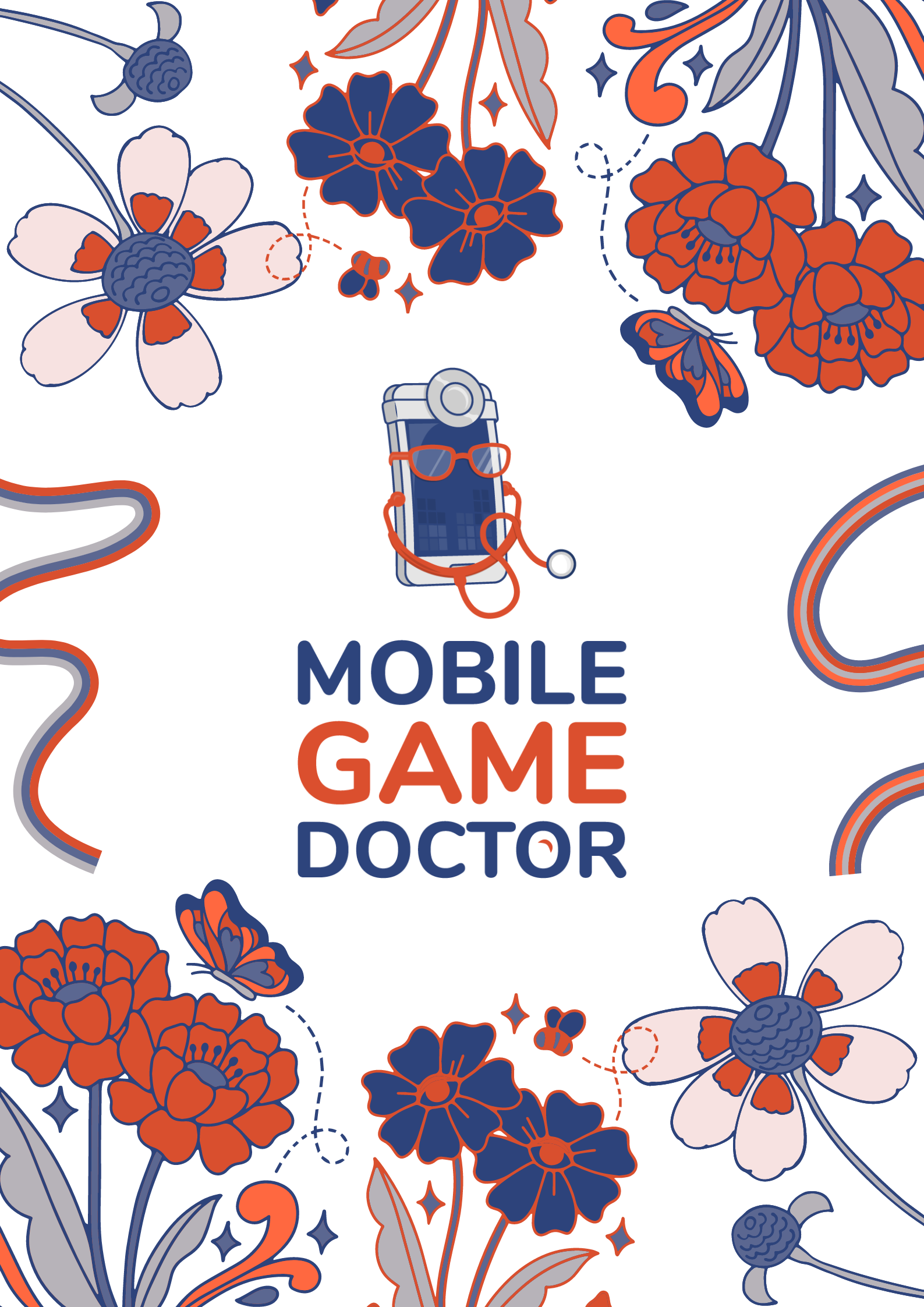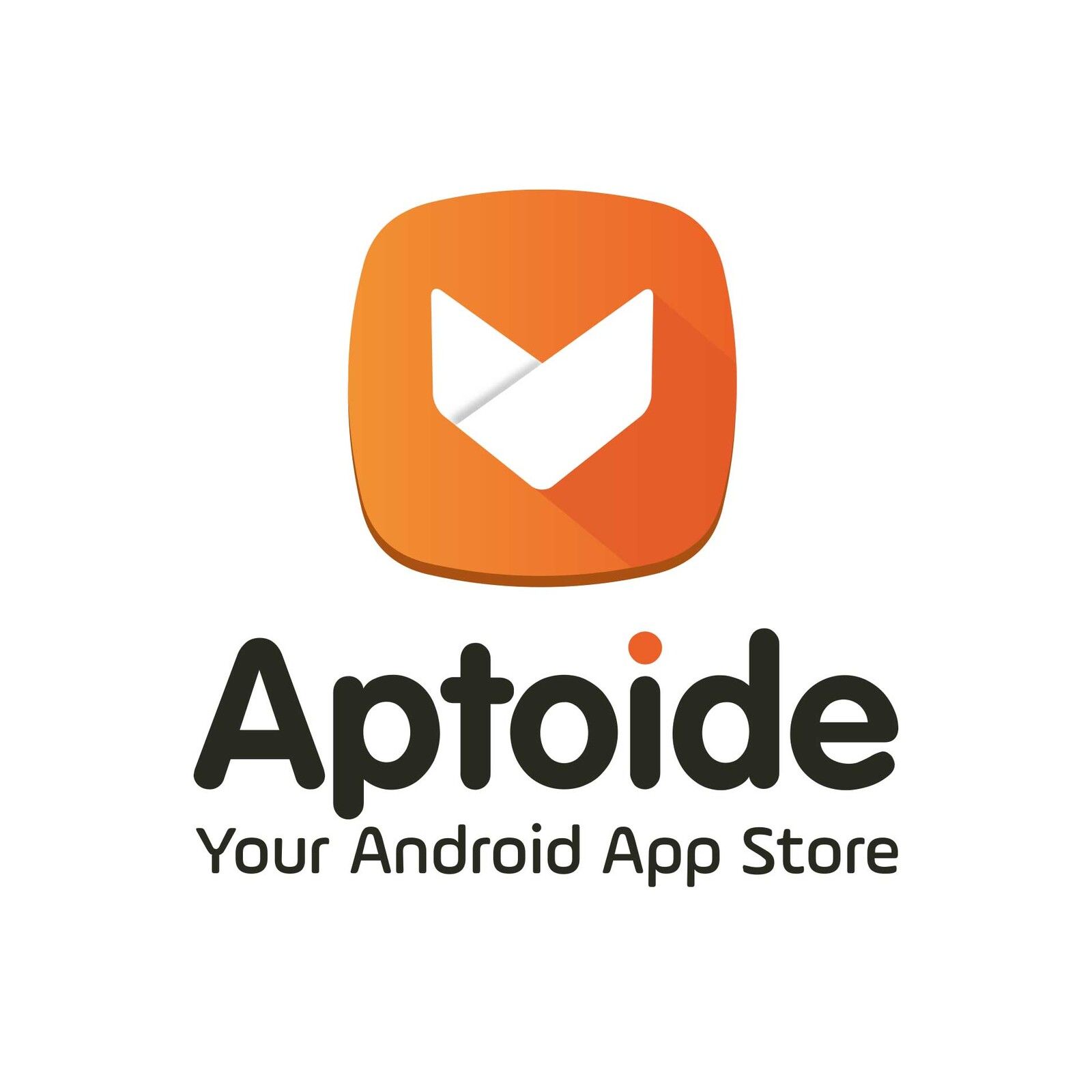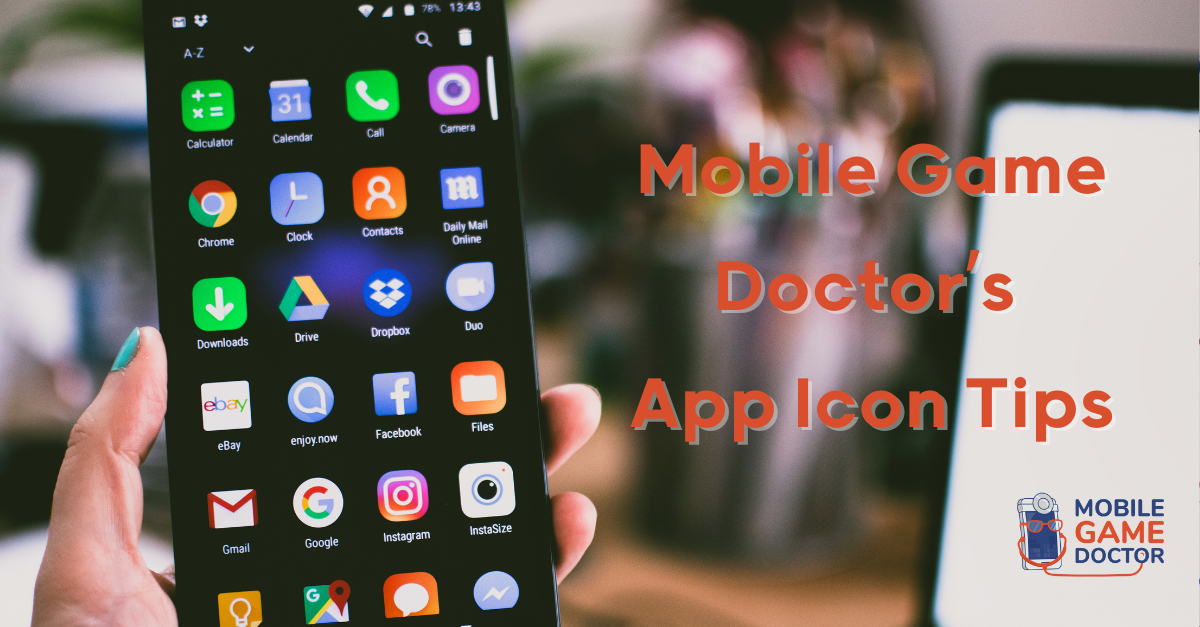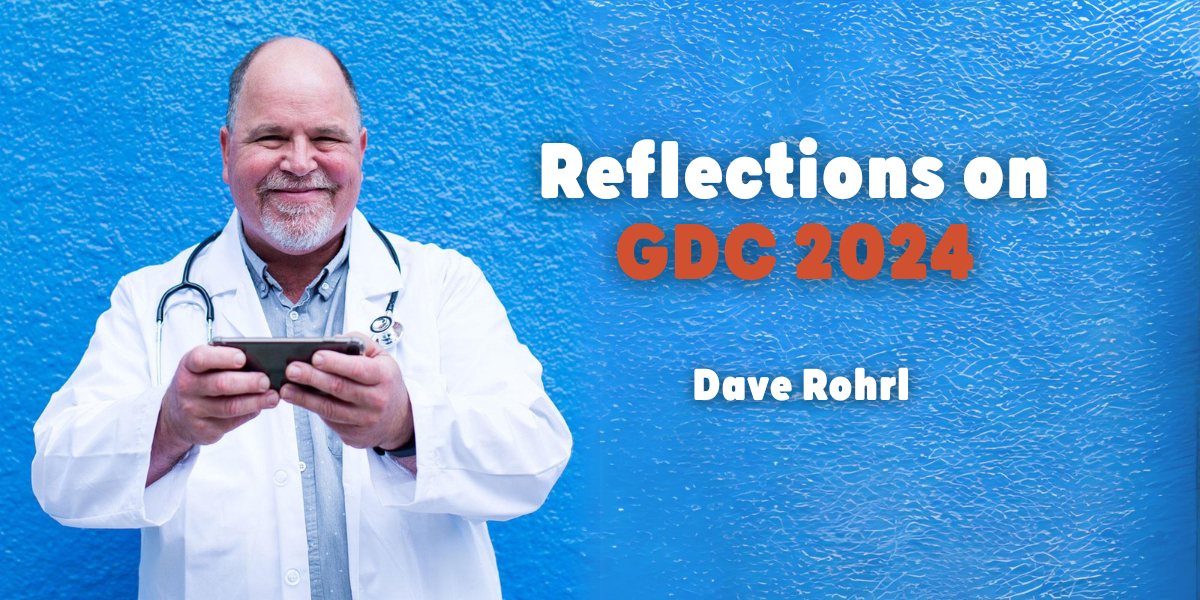This may surprise you, but game design is more than analysis and number crunching. It requires a large element of creativity, and often the best kind of creativity comes from groups rather than individual designers. This means that, often, teams need to engage in some kind of brainstorm activity to generate ideas for new directions, new mechanics, new characters, new pieces of narrative and much more. The question that many studios run into is how to run brainstorms that are productive.
In my quarter-century in the games industry, I’ve led (and participated in) many brainstorms. I’ve seen some brainstorms that were productive, but many that bred antipathy and frustration, and I’ve come to believe that how you run your brainstorm best determines its likely success. There are right ways (and many wrong ways) to run a brainstorm.
This article lists out the processes that I use for running brainstorms, both inside Mobile Game Doctor and with our clients. Some of these processes come straight from sources such as Ideo, whereas others are my own inventions. Used together, they have led us and our partners to consistently good results.
Prep for Success
*** All good brainstorms start with preparation. ***
Limit Your Time
Brainstorming (which I define as working together in a group to generate ideas) is pretty exhausting work. Most groups exhaust their energy and productivity within 60 minutes and few can make it past 90, for reasons like concentration span, energy levels, physical needs or schedule demands. So you should never plan for a brainstorming session to last longer than groups can handle, certainly no more than than two hours, without significant breaks. (But managing breaks is also important, more on this below.)
Limit Your Participants
A good brainstorm should be a high energy, fast-moving pursuit where everyone continuously suggests ideas. With too few participants there might not be enough momentum to keep ideas flowing. But, equally, too many participants can be counterproductive. Negative dynamics can take hold in large groups, with louder voices discouraging shyer ones, leading to unequal opportunities to contribute. These dynamics in turn breed boredom and frustration, and the feeling that brainstorms are to be dreaded rather than enjoyed.
You should aim for between four and ten, ideally seven, participants in your brainstorm. Anything below or above those thresholds is likely to devolve quickly.
Limit Your Interruptions
Keep the outside world outside. If possible, book the quietest room available with opaque walls and doors that close, to keep unexpected visitors out. Try to avoid booking a time that will force some of your participants to leave early. Insist that participants turn off their cell phones and leave their laptops behind, perhaps even making a game of it (first one to pick up their device buys coffee for everyone else). Provide refreshments in the room if you can. Ask participants to take care of any business before the brainstorm so their minds are clear.
Mix Experts and Non-Experts
No matter the topic someone will be a subject matter expert, and you want that someone in your brainstorm. They will bring domain knowledge and unique insights, and often a sense of what won’t work. But subject matter experts also tend to think in similar patterns, honed through decades of experience. Therefore it’s also helpful to include non-experts, folks who come from outside the brainstorm topic. For example bringing programmers and artists to a game design brainstorm can lead to some fresh perspectives and ideas that might otherwise have never been found. Don’t be shy about bringing experts in, but don’t exclude non-experts.
Starting Up
Beginning badly is how brainstorms go off the rails. So, having prepared for your brainstorm, you should begin your session well by following a few critical steps. Paying meticulous attention to these steps can have a large impact on your brainstorm’s outcome.
Step 1: Declare Your Session Type
Before you start your brainstorm, you need to declare whether it will focus on creation or resolution. A creative session’s purpose is to generate ideas and get a little preliminary feedback. A resolution session, on the other hand, is about deciding what to do with the results of creation.
It is very important not to mix creation and resolution in the same session. Ideas need evaluation, but evaluation often engages a more skeptical side of the brain than ideating (like the difference between coding and refactoring), and that breeds pessimism. If a participant’s reaction to every idea is to laboriously explain why it won’t work for reasons X, Y and Z, this will discourage other participants from thinking outside the box.
It’s true that ideas that seem amazing in a creative session might fall apart when participants have a chance to think about them in private, but this should not prevent those ideas from being generated in the first place. Similarly some separation between creation and resolution allows participants to mull, sometimes leading to even better ideas than those created in the session.
It’s best to be clear that creative sessions will not involve a final decision without a cooling off period, even if you do ask for participants’ general feedback at the end of the session. Then it’s important to follow up with scheduling a resolution session, so participants can see what happened with their ideas (to help preserve their feelings) and follow-up thoughts can be aired.
Step 2: Assign Your Roles
Every successful brainstorm assigns two critical roles: a facilitator and a recorder. It’s important to assign them clearly by the time the session begins.
The facilitator’s role is to keep the brainstorm on track, which requires work in several distinct areas. The facilitator needs to keep the group on topic, enforce the rules of discussion, encourage riffing, discourage evaluation (see Step 1), minimize side chatter and the tendencies of some participants to move to immediate resolution. The facilitator also needs to serve as timekeeper, which is especially important if the brainstorm is intended to cover multiple topics. And the facilitator should try to ensure fair participation. The facilitator should make sure that voices in the room that may hold back are heard, especially early on.
Overall the facilitator is responsible for keeping ideas flowing. This often means doing some preparation, such as creating a few starter ideas or framing information (for example starting from product, audience, and financial perspectives) to stimulate the minds of participants. It’s also valuable for a facilitator to deploy some lateral thinking techniques (such as word association or image boards) to jumpstart a stalled brainstorm.
The recorder’s role is to capture the outputs of the brainstorm and preserve them for later evaluation. A good brainstorm moves fast, often faster than participants are able to track, and so the recorder’s first job is to note every idea (good, bad or ugly) without judgement. Good recorders also learn to ask participants to slow down or repeat themselves, but without causing too much interruption to the flow of the brainstorm, staying out of the way.
The recorder must also create some kind of permanent record of the brainstorm, after the fact. They might photograph white boards, share cleaned-up Google Docs after the meeting, save sheets from easel pads or even transcribe audio recordings of the session. It doesn’t matter what form the permanent record takes, but it does matter that it exists and is made available to all stakeholders.
This, however, often means that facilitators and recorders should not also participate in the act of brainstorming. Being a good facilitator or recorder takes focus and attention, and shifting gears between those tasks and ideating is not easy. If you can find people who are willing to focus on those roles exclusively rather than joining in the brainstorm, it will be to your benefit.
That said, it can be hard to find those people. A good, high energy brainstorm is fun, and as we all know, fun is contagious. It’s natural for everyone to want to join in, and this can be okay as long as the facilitator and recorder can maintain their roles first and foremost.
Step 3: Set (and Forget) Your Criteria
Here’s the most important piece of advice I will give you in this article (way to bury the lede): Before you start generating ideas, write down the criteria you will use to evaluate them, then set them aside and forget them. Specifying your criteria will help resolution, and briefing participants on your criteria will help frame their ideas, making them more likely to be useful. However it’s important to forget about them during the brainstorm to prevent critical participants from dragging the flow away from idea generation and into real-time evaluation. That, as we have covered already, is a huge no-no.
Step 4: Set Your Topic Spaces (Optional)
A small but important guideline: If you are brainstorming on multiple topics in a single session, make sure to record them up front and, where feasible, set them aside in some physically distinct spaces, one per topic. (For example: different whiteboards, different documents, different image boards and so on) You will want to try to keep your participants focused on a single topic at any given moment, but idea flow often wanders in lateral directions. An idea in one topic can often stimulate another on a related topic. It’s just good sense to keep clean separations so participants can make sense of the results.
Step 5: Declare Your Rules
Think of all the ideas you could possibly imagine, then multiply them by a hundred. That’s my goal. I want to build an entire haystack of ideas and then sift through it for needles. This means, like any good game designer, I set rules for my brainstorms intended to generate behaviors that I can record (in this case: lots and lots of ideas).
These are the rules that I use, which I declare at the start of each brainstorm session so all participants understand:
- Make sure that everyone understands that more is better, and that the goal of the day is to generate as many ideas as humanly possible and then go much, much further.
- Avoid evaluating: Never stop to comment on whether an idea is good or bad. Just the fact that it is an articulable idea gives it tremendous worth in this context.
- Please riff: If someone’s idea makes you think about a variant, twist, or tweak, that’s great! Just shout it out. Ideas sometimes need to iterate before they become great.
- Never be embarrassed: Never feel bad about any idea you throw out in a brainstorm. Even if the idea is unworkable, it could lead to something awesome. Shout out whatever comes into your head. The words “embarrassed”, “gullible”,”naive” or “stupid” shouldn’t be your dictionary.
- Keep it flowing: Always go for volume. Quantity not quality. Keep plumbing that deep well and remember that being silly is not the enemy. Silence is the enemy.
Keeping It Rolling
Now that your group is ready to start its brainstorm, here are some good guidelines for keeping things moving once you start.
The Freedom Of Cards
It may stun you to learn this, but I’m a pretty gregarious fellow. I don’t mind talking in front of a group (or a video camera, etc.) But this is not the case for everyone, especially in our field. Many of us are shy or intimidated in social situations, or have challenges such as language barriers. Many of us instinctively want to please our superiors, or be seen to be on the right side of a situation. This can make it challenging to induce us to contribute freely.
If all of your participants are comfortable just calling out their ideas, I recommend you get right down to it. On the other hand, if some of your participants are on the shy side, have language barriers, etc, there’s an alternate way of starting brainstorms that I’ve seen work really well: Use cards.
Begin by handing out a stack of cards and pens to all participants, then instruct them to spend ten minutes writing down some of their ideas in silence. When the ten minutes are up, call on each participant to read their cards, out loud to the group, briefly explaining each idea.
This can make shy participants more comfortable speaking in front of the group and ensure that they get some of their ideas into the mix.
However if your group is too shy even for this (as sometimes happens), another technique is to separate cards from creators. Invite participants to place all their cards in one collective deck, then shuffle it. Then participants take turns drawing cards and reading what’s on them, at random. This can help disassociate the idea from its author and feel more “permitted” in some situations. It can also help to break the ice.
Call Fouls
It’s important to enforce rules during a brainstorm, not just declare them and assume participants will abide. When people get drawn into evaluation or details of implementation, or start speaking off topic, your facilitator should call them out politely but firmly and keep the brainstorm moving forward. they will find themselves having to do this far more often than they expect.
Avoid “Time Outs”
The whole purpose of brainstorming is to encourage a collective “flow” state, where people spark ideas freely. Flow is not easy to achieve, however, and interruptions to flow are way too common. (It’s estimated, for example, that a typical software engineer takes 25 minutes to recover their coding flow if interrupted.)
Breaks and “time outs” interrupt flow, and too many of them harm a group’s ability to reacquire it. As I mentioned above, try to keep the session length of your brainstorm short enough to hold participants’ attention (60 minutes, say) but avoid segmenting that session with smaller breaks. There should be no loo breaks, people stepping out for calls, taking-fives or device interruptions. Refreshments should be available in the room. Distracting screens should be turned off. Knocks on the room door should be discouraged unless for actual emergencies.
Of course don’t be a taskmaster or cruel with these rules (if someone really needs to go, they need to go) but discourage habitual interruptions. You want everybody all in for an hour. Then they can go on with their lives.
Call “Time of Death”
Brainstorming is surprisingly hard work. It asks participants to exercise parts of their brains that often don’t see regular use and, like any workout, when not regularly practiced it can be tiring. You shouldn’t want your participants doing a few casual reps before you get to the real exercise because by then they will already be fatigued. You should want to squeeze out every drop of available brain power while it’s fresh. And that means your brainstorm can’t go on forever.
When the rate of idea production starts to slow down, try throwing out a new prompt or angle, or perhaps invite people to riff on an earlier idea that sounded interesting. Try running a short version of the cards technique we covered above, or deploying some lateral-thinking tools to see what happens.
This will work a few times, but at a certain point people will start to tap out. Rather than flogging a dead horse, you should end the session when this happens. When ideas have slowed to a trickle and loss of focus increases, call “time of death”. Don’t worry about whether you’ve used all of your allotted time; it’s better to end gracefully rather than drag a brainstorm out.
Wrapping Up and Evaluation
You should now have a huge list of ideas and a roomful of very tired people. It’s now time to wrap up.
Sometimes a good way to wrap up is to get a “sense of the room”. Often this involves going back to your criteria as a baseline and then using some sort of voting to assess group opinion. First remove any ideas that clearly don’t fit the criteria, and then submit those remaining to the group and ask them to vote.
My usual method of voting is to give each person a number of votes (represented by a magnet, checkmark, or sticker) equal to about 25% of the number of remaining ideas and ask them to vote for the ones they think are best. So for example if we generate 40 ideas that pass our criteria, each participant has 10 votes to distribute among their favorites. I usually let people spread their votes out however they want, including putting several (or all) of their votes onto a single idea if they really want to.
Alternatively, sometimes a good way to wrap up is to skip the “sense of the room” and refer the ideas to someone else for evaluation (maybe yourself, a member of the design team, the studio’s leads, etc). Simply thank everyone for their time and energy and make sure the recorder follows up the session by distributing their permanent record (whiteboard photos, a cleaned-up Google Doc, etc). In addition to being a good souvenir, the record will encourage people to think about and perhaps further develop ideas from the meeting.
Whatever you do, remember what I said above about making final decisions during or immediately after the brainstorm. Ideas that seem amazing often fall apart upon reflection, while others that didn’t get a good hearing in the room can turn into gems with a little further thought. Give your brain a little time to remove the “idea goggles” before making a big decision that can determine the fate of your project. As for that big decision, maybe it takes the form of a simple meeting, a discussion thread or a second resolution-focused brainstorming session whose criteria are narrower.
Conclusion
Brainstorming is a critical part of the creative process, especially when things feel stuck. It can powerfully harness the collective brainpower of engaged individuals and yield something great. But doing so requires careful preparation and a strong set of guidelines to keep things moving and steer the process in the right direction. The guidelines in this article have given us many great results over the years. Try them out and see what works best for your teams. And let us know what you think!
